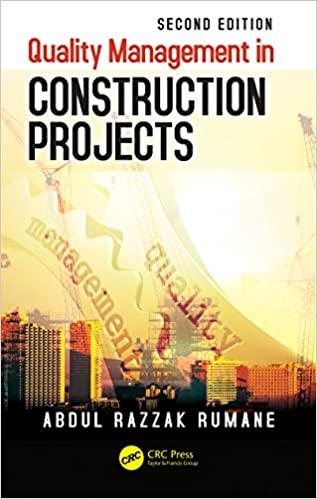Answered step by step
Verified Expert Solution
Question
1 Approved Answer
1. Introduction: Provide a brief overview of the project and its goals and the importance of risk management in ensuring project success. 2. Risk Identification:
1. Introduction: Provide a brief overview of the project and its goals and the importance of risk management in ensuring project success. 2. Risk Identification: Describe the process used to identify potential risks, including the tools and techniques used (such as brainstorming sessions, risk registers, and historical data analysis). List the identified risks and categorize them based on their impact and likelihood. 3. Risk Assessment: Evaluate the identified risks and determine their priority based on their likelihood and impact. This can be done using a risk matrix, which assigns each risk a score based on these factors. 4. Risk Response Planning: Describe the strategies developed to mitigate or respond to each identified risk, including contingency plans for high-priority risks. This should also include the identification of responsible parties for each response plan. 5. Risk Monitoring and Control: Explain how the project team monitored risks throughout the project lifecycle and made adjustments to response plans as necessary. This should include any metrics used to measure risk levels and the frequency of risk reviews. 6. Lessons Learned: Discuss any unexpected risks that emerged during the project and how they were addressed. Reflect on the effectiveness of the risk management process and identify
Step by Step Solution
There are 3 Steps involved in it
Step: 1

Get Instant Access to Expert-Tailored Solutions
See step-by-step solutions with expert insights and AI powered tools for academic success
Step: 2

Step: 3

Ace Your Homework with AI
Get the answers you need in no time with our AI-driven, step-by-step assistance
Get Started


